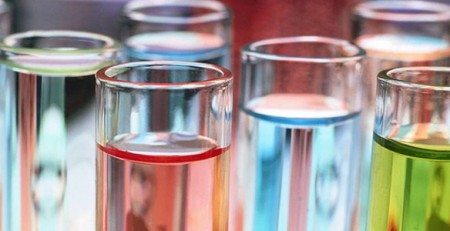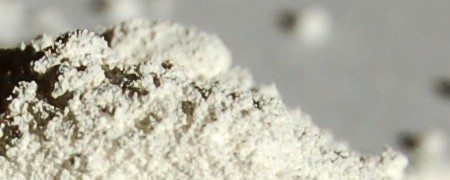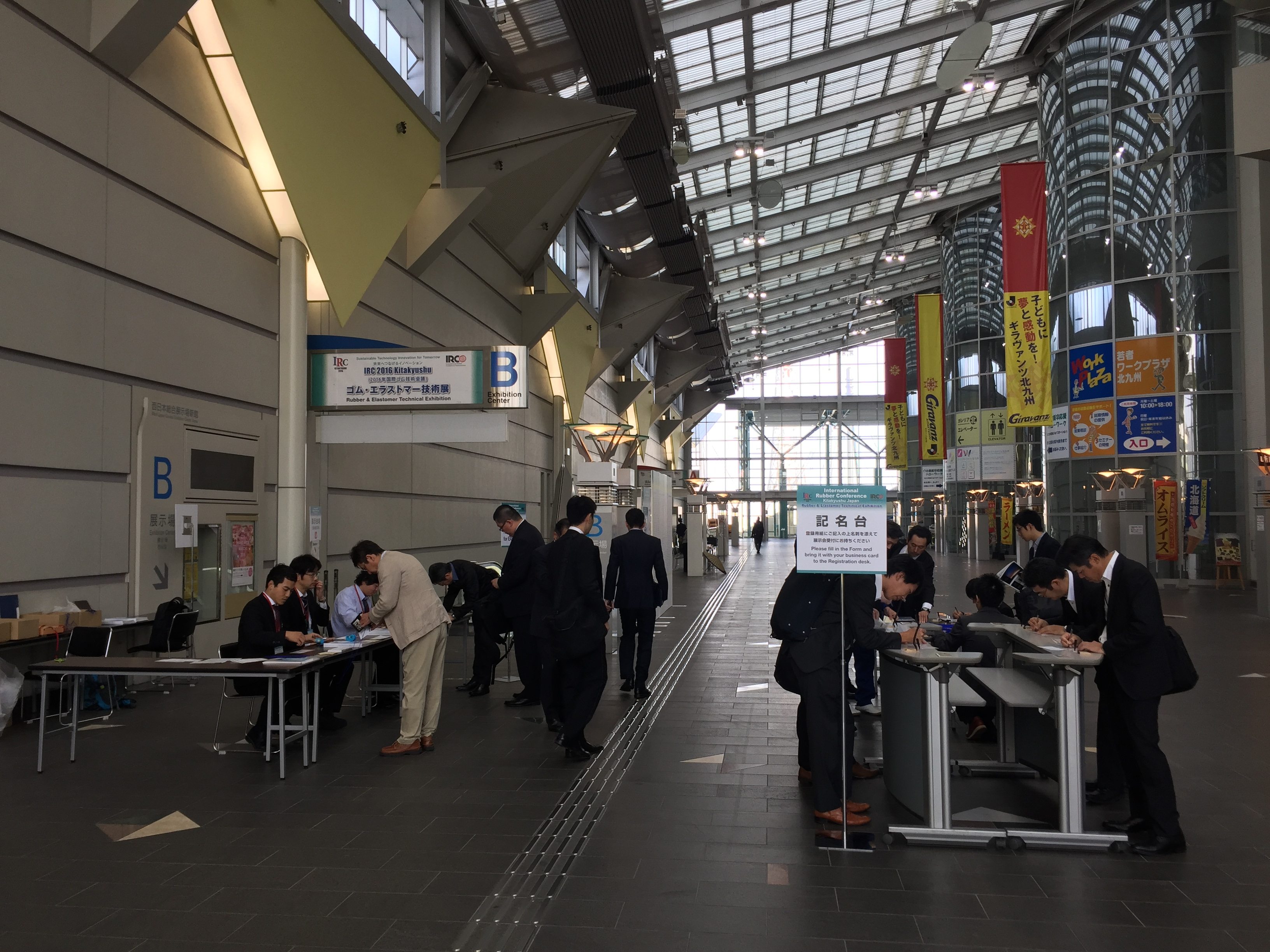Nurchem
Recoloring Rubber Surfaces
The Benefits of Titanium Pollution
titanium dioxide producers Titanium dioxide is the subject of new controversy, yet it is a substance as old as the earth itself. It is among the top fifty chemicals produced worldwide. It's a white, opaque and naturally- occurring mineral found in two major forms: rutile and anatase. Both forms contain pure titanium dioxide that's bound to impurities. Titanium dioxide is chemically processed to remove these impurities, leaving the pure, white pigment available for use. Titanium dioxide has many different uses, since it is odorless and absorbent. This mineral is found in many products, which range from paint to food to cosmetics. In cosmetics, it serves several purposes. It is a white pigment, an opacifier and a sunscreen. Concern has arisen from studies that have pointed to titanium dioxide as a carcinogen and photocatalyst, thus creating fear in consumers. But are these claims true? What does the research on these allegations bear out? Would we as consumers titanium dioxide producers in the world benefit from avoiding this mineral to preserve our long-term wellbeing?A carcinogen is a chemical that causes a cellular malfunction, causing the cell to become cancerous and thus potentially lethal to the surrounding tissue and ultimately the body as these rapidly growing mutated cells take over. With the surge in cancer rates among all segments of the populace, many men and women are attempting to reduce or eliminate their exposure to carcinogens. Titanium dioxide is regarded as an inert, non-toxic substance by many regulatory bodies like the MSDS (Material Safety Data Sheets) and others charged with the responsibility of protecting the health of occupational workers and public health. The MSDS states that titanium dioxide can cause some lung fibrosis at fifty times the nuisance dust, defined by the US Department of Labor as 15 mg/m cubed (OSHA) or 10 mg/m cubed (ACGIH Threshold Limit Value). The ACGIH states that titanium dioxide is "not classifiable as a human carcinogen". Symptoms of chronic overexposure to titanium dioxide in an industrial setting, according to the MSDS, include a "slight increase in lung tumour incidence in lab rats". In addition, it says "when titanium dioxide was fed to rats/mice in a carcinogen bioassay, it wasn't carcinogenic". The NIOSH declares that at 5000 mg/m cubed there was slight lung fibrosis, concluding that this substance was carcinogenic in rats.

The NIOSH declaration of carcinogenicity in rats is based on a study by Lee, Trochimowicz & Reinhardt, "Pulmonary Response of Rats Exposed to Titanium Dioxide by Inhalation for Two Years" (1985). The authors of this study found that rats chronically exposed to excessive dust loading of 250 mg/m cubed and impaired clearance mechanisms within the rat, for six hours each day, five times each week for a couple of decades, developed slight lung tumours. They also noted that the biological significance of this data to lung tumours in humans is negligible. It is important to note www.nurchem.com that rats are known to be an extremely sensitive species for developing tumours in the lungs when overloaded with poorly soluble, low toxicity dust particles. Rat lungs process particles very differently compared to larger mammals such as dogs, primates or humans (Warheit, 2004). This sensitivity in the lungs has not yet been observed in other rodent species such as mice or hamsters (Warheit, 2004), therefore using the rat model to determine carcinogenicity of titanium dioxide in humans can be misleading, as extrapolation of species-specific data to humans is erroneous.
We must stop Staph Infection in the US. Presently, nearly 300,000 people die per year in our hospitals out of Staph Infections. Titanium dioxide works great to protect against germs and bacteria forming. We could coat the TV remote controllers, bed rails, tables, and bed pans with Titanium Dioxide. Right now, they're using off-shoots of the methodology for self-cleaning windows, counter tops, medical apparatus, clean rooms, and a person even figures out a way to use it to wash teeth.
It could be used for shopping carts, park benches, pay telephones, bathrooms, pens in the bank, insides of buses, auto coatings, etc.. Titanium Dioxide along with a strategy to utilize frequency at the ultra-sonic range to release the ionic bonding of dirt, debris, particles and organic waste, may be a double whammy against infectious issues in our locker rooms, schools, public restrooms and during our culture.
Sometimes evaluating "Life" necessitates looking at the very tiny things too, so that the details don't throw a wrench into your complex systems. We see Wikipedia Here a great deal of cash being spent on quitting International Terrorists, however, the real terrorists may be much smaller than we could ever imagine.

We must work to prevent these parasitic infections along with also the unbelievable number of deaths that they're causing every year. Already we've let the issue get far too big and it's definitely winning the struggle. If we fail to protect ourselves from this challenge, we do so at the cost of our people and risk too many lifestyles. It is time to take a stand and take action.
The Plastic Products Industry is possibly the biggest industry in the whole world. Not only is plastic products manufacturing more affordable than most other building material, it is very durable and easy to make. It's difficult to find anything nowadays that isn't made-at least partly-with plastic. It's a billion dollar business and enjoy everything else those days-there are advantages and disadvantages to it.
Truth 1: Aeronautics is a huge consumer of plastics
Aeronautics is the business of designing, building, and construction flying technologies and transportation. Since the growth of the plastic goods business, aeronautics has switched from building flying parts and pieces from different materials like aluminum, steel, and lead to utilizing primarily plastic. This is done because it is lighter, more affordable, and gives off a certain amount of radiation. Vacuum kind plastic is a particularly big part of the industry as aeronautics utilize the material at the introduction of molds.
Truth 2: Plastic used to rubber chemicals be extremely flammable.
It's intriguing to find that plastic was once an extremely flammable material This was due to the fact that plastic goods used to contain cellulose nitrate that was a compound that was sensitive to heat. Once this was discovered, plastic goods manufacturing began to earn plastic rubber accelerator cbs without this chemical and now plastic is regarded as fire retardant. It's a fantastic thing that this fact was discovered prior to the use of vacuum form plastic really took off since the process would have utilized extreme heat creating the plastic especially prone to fire.
Truth 3: Vinyl takes forever to decompose
Although vinyl does decompose, it does so at an extremely slow pace. It's a sad state of affairs to consider that a water bottle is going to have a longer life span than a person. Also decomposition of plastic may be somewhat toxic because it gives off dangerous compounds such as carbon monoxide and benzene. This emission of compounds is very harmful to the environment because of the simple fact that there's such a big use of plastic products on the planet.
Fact 4: Some Kinds of plastic are not easily recyclable
Although recycling is so good for the environment, it is not necessarily easy to do. The plastic products firm use a material known as polystyrene in some of their merchandise. It Nanjing Union Rubber Chemicals is extremely tough to recycle anything made out of this substance because its scrap value is practically non-existent that makes it not economically feasible to recycle and reuse.
Plastic is a enormous business comprising of many gamers. Here, we'll have a peek at who they are and what services or products they provide.
When asked to describe the plastic business, the majority of men and women have a tendency to focus first on the "plastics product manufacturers". Let's start with these producers and we're going to radiate out to find out who else work with these producers in front of a product is eventually generated and delivered to the customers.

There are two approaches to describe what a producer does - either by process (the plastics making approaches they use), or by the industry that they are serving (packaging, automotive, etc.). The final product to be made determines the type of processes to be used. It is not essential that a producer be equipped with all known processes. Most manufacturers are specialized in only a couple of methods. Bigger plants Here is Social Network might have 3 or 4 but it's rarely possible to have every process under one roof since the selection of process is dependent on the final product and industry that a producer is supplying to. Eg, a company that provides to the digital industry might have injection molding process to generate TV casing and other components. Blow molding processes that are utilised to produce bottles are of little use to them.
Plastics are utilized extensively by various industries. These industries includes: medical and pharmaceutical; packaging; electronics and electric; automotive; toys; construction and structure; home products; agriculture; and many more. When most manufacturers promote their plastic components and products to others businesses, some trade among themselves. Eg. Vinyl bags manufacturers who focus on creating bags will sell them to other plastics producers for packaging purposes.
There are many types of plastics materials. Within each sort of plastic materials, are various grades - suited to different goods and for different types of processes. Eg. PP (polypropylene) is a frequent material and has many applications. But, PP materials which are used for making plastic totes are not the same as those that are utilized to make automobile bumpers - though they may come in the same material providers who are also called Resin Producers.
Resin Producers are petrol-chemical plants that make plastic resins - the raw material for producing plastics. They convert by-products from crude oil refineries to produce plastic materials. Different more helpful hints resin producers specialize in different kinds of materials. They provide large quantities to producers (those who have a couple of hundred tons of the exact same material monthly) and to Resin Traders.
Resin Dealers buy the raw material out of resin producers and sell to manufacturers in smaller quantities. A trader will frequently represent several resin manufacturers hence providing producers with a large selection of different materials.
Colorants and Additives Suppliers - While most materials are transparent or translucent in its natural state, colorants are added to provide it different shades of colours. Additives are chemical agents inserted to alter certain features of a substance. Eg. UV stabilizer is a common additive that is added to plastic stuff to prevent discoloration of the item from long exposure to sun.
Compounders are companies that specializes in "mixing" substances, additives and colorants in massive amounts. They operate large scale mixing machines that are capable rubber chemicals manufacturers of mixing several tons of materials at one time. Compounded materials are more consistent than those mixed by producers in smaller amounts using small mixers.
Machine Suppliers supply manufacturers with machines that makes the product. Gone are the times where plastic products are formed manually by hand. These machines form the back bone of each production plant along with the machine makers antioxidant in rubber compounding are categorized based on the procedure they're specialize in. Such procedures include Injection Molding, Blow Molding, Stretch Blow Molding, Blow Film, Profile Extrusion, Sheet Extrusion, Rotation Molding, Compression Molding, etc..
Auxiliary Equipments Suppliers supplies various supporting equipments and machines to assist a plant operate economically. Examples of such machines are Hopper Dryers for drying substances, Mixers for blending material, Robotics for extracting products in the system, material handling system, conveyor systems, etc..
Mold Fabricators - Molds are mounted on the processing machines onto which plastics section takes its form or shape. Based upon the procedure, some molds can be quite complex. Mold manufacturers concentrate on precision tools to cut blocks of steel into the desired shapes. With the help of progress CAD/CAM softwares (Computer Programmer Design/Computer Aided Machining), they give the blueprint for the final item.
Technical and Engineering Services - Depending on the industry that the manufacturer is providing to, some goods need different standards adherence certification before their products are sold. Eg, car bumpers are exposed to particular automotive standards to ensure that the part is powerful enough to withstand collision impact and these companies give such tests.
Secondary Processes is a very wide term. It generally characterize the further work that will need to be done after the pieces are produced. This include painting, printing, polishing, polishing, etc.. Though most makers are equipped with some kind of common secondary processes, some technical procedure like chrome plating are usually completed by the specialists.
When it comes to manufacturing items such as shower trays and auto dashboards, often people struggle to discover the most effective and efficient way to produce them. They wonder what materials they should use, what manufacturing process they need to use and in which they need to get it manufactured. It's typical for people to be concerned with these problems and obviously they need to create the very best product possible. It is likely that they will opt for one of the thermoforming processes to create any plastic products as it's the best method available. There are a few unique types of plastic processes, however, so it's a good idea to understand about each one of the various types.

The major kind of thermoforming is vacuum forming- this process involves applying heat to a sheet of plastic till it is at a pliable state, then placing it around a mould and incorporating a vacuum into the mix to make certain that the item that's generated has a smooth finish and has no air bubbles. Since the item cools, it will become increasingly more powerful, and after it reaches room temperature, it'll be totally solid. Having the ability to vacuum sort is a skill that not a lot of people have and it takes a great deal of experience to get it correctly, that's why it's ideal to visit an experienced company to produce your products to ensure high quality.
Although vacuum forming is a terrific procedure, unfortunately, like many things, it will have its down sides! The only constraints of vacuum forming would be that it's not too Continue Reading successful in generating products with a huge depth - it's more useful and effective at making shallower products. Creating high quality merchandise is of high significance.
Another distinct kind of thermoforming includes press molding, that's the process of heating a plastic sheet and sandwiching it between 2 opposing moulds which then creates a very simple shape. Dependent upon the design of the mold, it can be used to create clear, easy shapes with higher clarity and quality. The other varieties of plastic procedures are drape forming, fabrication, CNC machining and part assembly.
Whatever sort of plastic procedure you require, be it press moulding, vacuum cleaner, or some other method, the best idea is to go to a business with a good deal of experience to take out Nanjing Union Rubber Chemicals titanium dioxide manufacturers in china this to you. Like many manufacturers, you are paying for the grade of the goods and the materials utilized, so bear that in mind when attempting to locate the ideal company for you.
Comments
Post a Comment